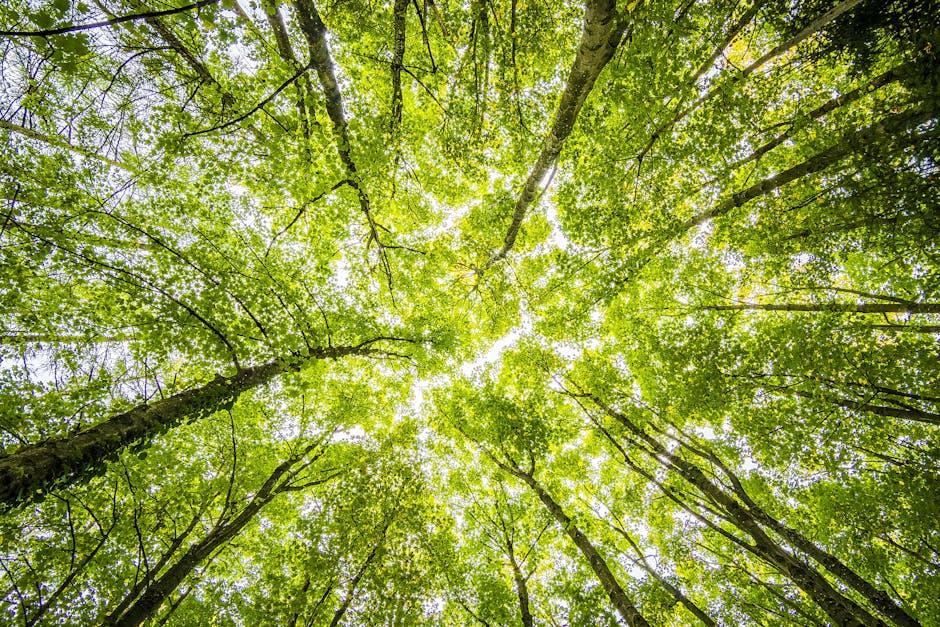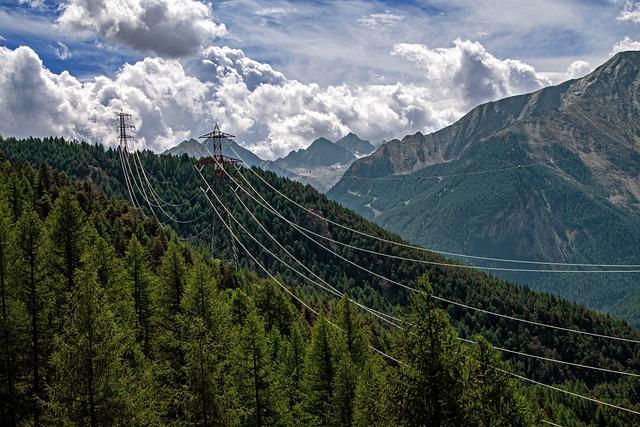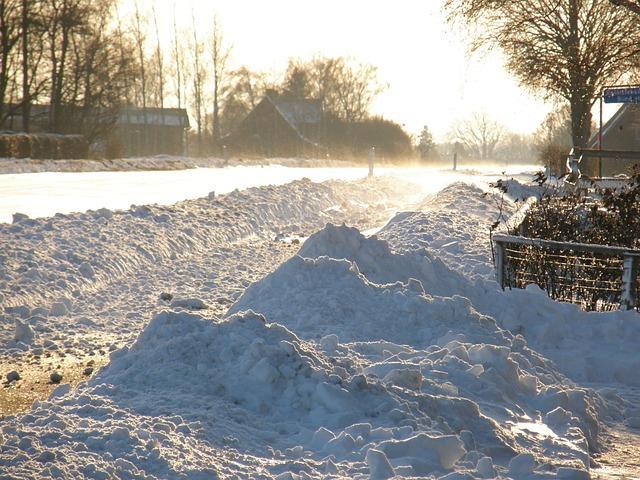In the realm of wildlife conservation, trees stand as vital pillars that not only adorn landscapes but also serve as crucial components for sustaining diverse ecosystems. Trees play a multifaceted role in creating pathways for wildlife to thrive and coexist harmoniously with their environment. Through providing shelter, food sources, and acting as connectors between different habitats, trees enable the seamless movement and survival of various animals in their natural settings[2]. Additionally, the significance of trees extends beyond mere habitat creation; they contribute to the overall health of our planet by enriching soil, conserving water, and supporting biodiversity within ecosystems[1]. In essence, exploring the intricate relationship between trees and wildlife conservation unveils a profound interconnectedness that underscores the essential role these towering guardians play in safeguarding our natural world.
When considering the benefits of trees for wildlife habitat, it is essential to recognize the importance of diverse tree species in conservation areas. As highlighted in a scientific article on aspen species, trees play a vital role in maintaining biodiversity [1]. By providing a variety of habitats and resources, different tree species can support a wide range of wildlife, helping to sustain ecosystems.
Trees not only offer food and shelter for animals but also serve as sites for reproduction and nesting, as mentioned by the National Wildlife Federation [2]. Their presence enables various wildlife species to thrive and contribute to a balanced ecosystem. Moreover, trees support aquatic life by providing habitat and helping to keep waterways healthy, emphasizing their crucial role in promoting biodiversity and conservation efforts [3].
Q&A
Q: What is the importance of trees in wildlife conservation?
A: Trees play a crucial role in wildlife conservation by providing habitat and food sources for various species. They create a diverse ecosystem that supports biodiversity and helps maintain the balance of nature. Trees also contribute to carbon sequestration, helping to mitigate climate change and provide essential resources for wildlife to thrive.
Q: How can trees be used to promote wildlife conservation efforts?
A: Trees can be used strategically in wildlife conservation efforts by planting native tree species in degraded areas to restore habitats, creating wildlife corridors to connect fragmented habitats, and implementing agroforestry practices that benefit both wildlife and local communities. Trees can also serve as natural barriers to protect wildlife from human disturbances and provide essential shelter and nesting sites for various species.
Q: Are there any innovative technologies or approaches being used to monitor the impact of trees on wildlife conservation?
A: Yes, social media data is increasingly being utilized in conservation science to track and analyze the impact of trees and other environmental factors on wildlife populations[1]. This data can provide valuable insights into the effectiveness of conservation efforts and help researchers make informed decisions about wildlife management strategies. Other technologies such as satellite imaging and remote sensing are also being used to monitor changes in forest cover and the impact of deforestation on wildlife habitats.
Q: How does the sustainability efforts of companies like Google relate to tree conservation and wildlife protection?
A: Companies like Google are driving sustainable innovation through technology to create a greater impact on environmental sustainability[3]. Their efforts in promoting sustainable practices, reducing carbon emissions, and investing in renewable energy sources contribute to the preservation of trees and wildlife habitats. By supporting initiatives that prioritize conservation and responsible resource management, companies can help protect trees and wildlife for future generations.
Conclusion
trees play a crucial role in wildlife conservation by providing food, shelter, and sites for reproduction for numerous species. The extinction threat faced by a significant portion of the world’s tree species highlights the urgency of protecting and preserving these vital components of ecosystems. By understanding the benefits that trees offer to wildlife and the ecosystem as a whole, we can work towards ensuring their sustainability for future generations. For more in-depth information on tree growing for conservation and ecosystem restoration, threats to tree extinctions, and the benefits trees provide to wildlife, refer to the provided sources123.
Simpsons Tree Services, Servicing Melbourne’s North Eastern Suburbs
Book a quote online at www.simpsonstrees.com.au




